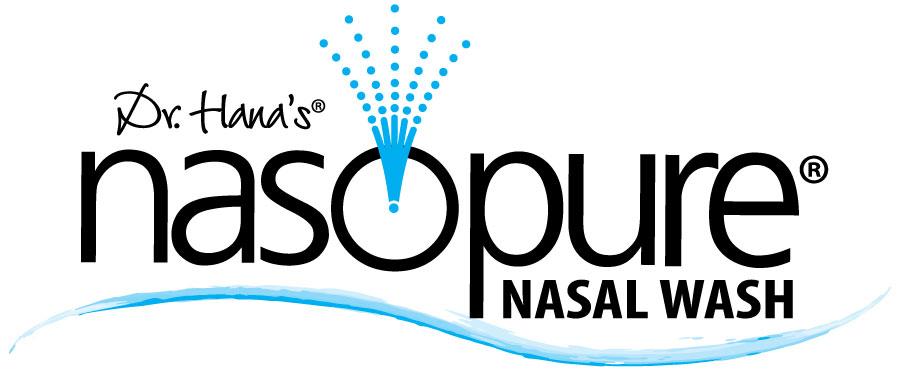I have often heard a mother say, “My child is terrified of water and you want me to put water up his nose?” First we must understand that survival is a basic instinct, so it is not just oppositional behavior that makes a child scream, flail and panic at the perception that he may become a potential drowning victim. He may have been frightened from a past experience and now has a negative memory to erase. If you’ve been trying to force your child to calmly accept your attempt to squirt water in his face as a solution to a stuffy nose, forget it; you’ve already lost that game. So first, sit back, relax, and take a deep cleansing breath. Today we start over.
Begin by allowing your child to stand on the bath mat in a couple of inches of water, bathing his toys and toes slowly and gently. You may want to run warm water into the tub and turn off the water before you even take him in the bathroom. The loud sound of water running can be frightening to some sensitive children. Assure him that from now on he may just stand in the tub while you wipe him down with a wet cloth. That’s all. New rules. Give him control and he will amaze you. Put some tub toys to float in the water. Over a matter of weeks, slowly raise the depth of the water to his mid shin. If you make no threats, odds are the floating toys will garner enough interest that he will begin to explore them. Slowly now, when washing him, begin to drizzle a bit of water on his skin playfully, from the tip of the washcloth. See if you get away with it. If so, over the week ahead, drizzle a bit more. The idea is to slowly desensitize him until he is used to having water touching him, splashing on him, eventually in his face, without it setting off a panic attack. Your child will begin to reach for the bath toys, squat to float them on the water, perhaps eventually sit. Add a doll, boats, even a nasal wash bottle – whatever will pull in your child’s interest. Once you have your child sitting in the shallow water at play, don’t say anything about it. Treat it as a non-event. NEVER, NEVER say, “See, there is nothing to be afraid of.” That simply reminds the child of his fear, and makes him begin to worry again that maybe he was right. Remember, there is no big rush. If you can manage to turn this around and instill a lack of fear, and teach him how to wash in general, he will eventually learn to wash his nose. Once a child has developed a fearful response, remember: it will take many safe, pleasurable experiences to replace those original memories, so patience is of the essence.
Understand this will take time but teaching hypersensitive children appropriate water conduct will pay off in many ways down the road.
The secret to teaching children how to wash their nose is a slow introduction, giving the child all of the control, praising them frequently for little steps and asking them to demonstrate their technique for others.
Be Well, Dr. Hana Share your experiences or ask a question drhana@nasopure.com.
Hana R. Solomon, M.D.
Author of Clearing the Air One Nose at a Time, Caring for Your Personal Filter
Hana R. Solomon, M.D.
Author of Clearing the Air One Nose at a Time, Caring for Your Personal Filter
